Investment casting, sometimes precision investment casting or lost wax casting, is a manufacturing method used with metals. It involves pouring molten metal into a hollow mold shell. The shell is created by an “investment” of ceramic materials, built around a wax model. Read More…
For over 30 years, we have provided metal forged products for a wide variety of industries, including the aerospace, military, food service, medical, and automotive industries. Our customers know they can trust our forgings for quality and affordability. We will never try to make you pay more than you should for our products. Contact us by phone or email to find out more!

At Impro, we have top-of-the-line equipment for the most demanding investment casting requirements. Our equipment and automation process controls allow us to work with different ferrous and non-ferrous alloys, and maintain consistent and repeatable tolerances as close as ± 0.1 mm. Our investment castings are dimensionally and geometrically complex and produced to net shape, minimizing the need...
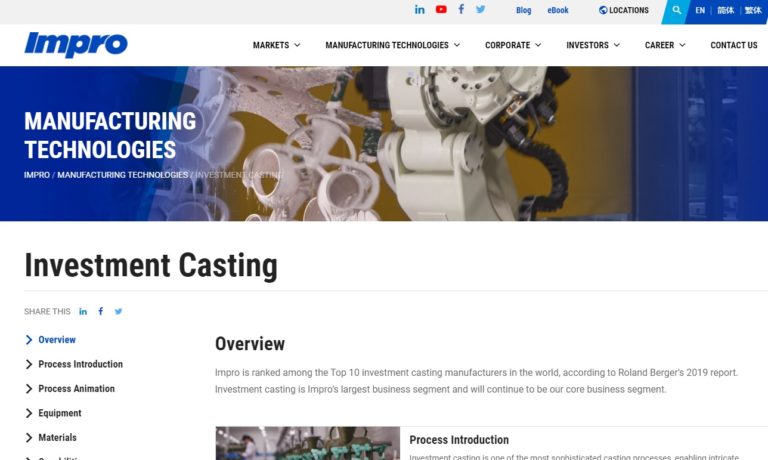
Founded in 2011, Lodestar Quality LLC is a knowledge-driven custom manufacturing solutions provider that provides manufacturers of products a full range of services from innovative design and engineering, to sourcing and production using best in class quality control methods in a cost efficient manner. Focus areas include fabrications, castings, machining and forging, plastic products, and...
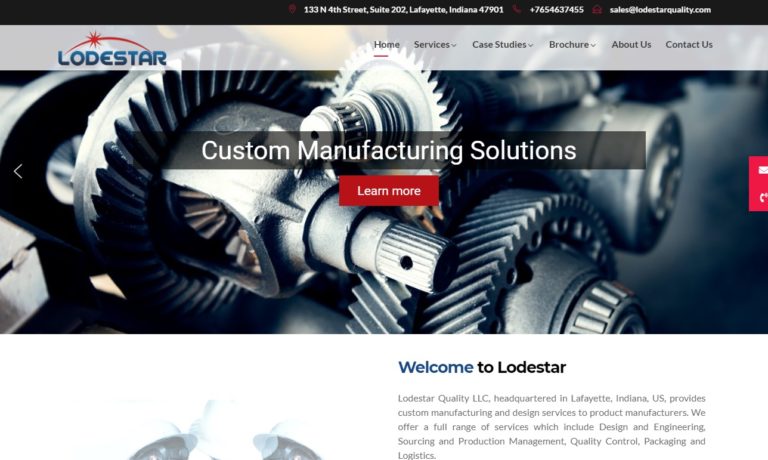
Since 1944 we have been driven to remain a cut above the competition in investment castings and everything we do. We have our own tooling shop filled with state-of-the-art testing machines. We ensure perfect results every time. It is our goal to establish lifelong relationships with our customers that benefit us both. Contact us for more info today!

At Uni-Cast LLC, we specialize in delivering precision investment castings that meet the diverse and exacting needs of our clients. With decades of collective experience, our team prides itself on our commitment to excellence in every aspect of the investment casting process. Our dedicated professionals work collaboratively to ensure the seamless production of high-quality castings that cater to...

More Investment Casting Companies
Applications
Investment casting, a versatile and precise manufacturing process, is favored for producing intricate and finely detailed industrial components. Customers often opt for investment cast parts due to the process’s ability to deliver products with exceptionally smooth finishes and its compatibility with nearly any metal.
This method allows manufacturers to fabricate an extensive range of metal products. Typical examples include door knobs, medical instruments, automotive parts, airplane components, kitchenware, gearbox cases, cylinder heads, cylinder boxes, pipes, machining parts, and a myriad of other applications.
Investment castings play a crucial role in manufacturing across a wide array of major industries, including automotive, aerospace, agriculture, chemical, defense, electrical, railroad, marine, mechanical, electronic, textile, and many others.
Products Produced
Through the precision technique of investment casting, manufacturers can craft an extensive range of products. These include automotive parts, high-grade turbine components for airplane engines, agricultural machinery parts, and surgical instruments.
History
The initial documented reference to industrial casting dates back to approximately 1100 AD, credited to Theophilus Presbyter, a monk. Nonetheless, the origins of investment casting trace back over 5,000 years. The earliest known artifacts produced through this technique hail from ancient civilizations like Harappa, the Aztec and Mayan cultures in Mexico, the Benin civilization in Africa, Mesopotamia, and ancient Egypt. Remarkably, investment castings have even been unearthed in the tombs of King Tutankhamun.
The earliest investment castings were crafted using clay molds and beeswax, often derived from natural honeycombs, to form the wax patterns. Artisans would work bellows by hand to fuel the stoking furnaces. By the 1800s, dentists adopted investment casting for creating precise fillings and crowns. The technique saw a significant advancement during World War II when manufacturers began using it to produce metal alloy parts with high precision, achieving both net shape and near-net shape manufacturing.
In modern times, manufacturers craft molds from a diverse array of alloys and heat-resistant materials. They use wax patterns created from a blend of natural and synthetic waxes. Rather than using handheld bellows, the casting process now takes place within specialized foundries.
Materials Process
While various ferrous and non-ferrous metals are suitable for investment casting, aluminum and its alloys stand out as the most frequently used. Additionally, alloy steels, including stainless and carbon steel, as well as metals such as copper and titanium, are also favored choices.
Aluminum
Aluminum, a plentiful metal element nestled in the earth’s crust, is renowned for its lightweight nature, conductivity, durability, reflectiveness, and ease of machining. Its versatility shines in various applications, particularly in packaging, transportation, and construction, where aluminum investment casting plays a crucial role.
Stainless Steel
Stainless steel, an alloy primarily composed of iron and chromium, boasts remarkable strength and durability. Depending on its precise composition, it exhibits resistance to heat, corrosion, oxidation, and various environmental conditions. Stainless steel casting is predominantly utilized in scenarios where the casting must endure harsh materials or elements, thanks to its superior anti-corrosive properties.
Copper
Copper, among humanity’s earliest metallic discoveries, stands out for its remarkable ductility and superior ability to conduct heat and electricity. This versatile metal forms the backbone of numerous non-ferrous alloys, including brass. Its lightness and strength make copper castings indispensable in crafting pipe fittings, jewelry, mixing equipment, and a multitude of other applications.
Steel
Steel, an iron alloy, comes in more than 3,500 different grades, including carbon steel and mild steel. It is tougher and more resilient than pure iron. Therefore, steel investment castings are typically employed to manufacture components that need to endure significant stress or impacts.
Titanium
Titanium castings, known for their remarkable strength despite their light weight, are frequently utilized in turbochargers, industrial tools, and a wide range of aerospace and defense components.
Process Details
1. Design the Wax Pattern
Before diving into the production process, engineers first craft a master pattern that will serve as the blueprint for the final product. This crucial step can span from a few hours to several days, influenced by the product’s complexity. While the master pattern might begin as a simple sketch on paper, engineers typically employ advanced tools like CAD software and rapid prototyping technology to refine and perfect their designs.
2. Create Wax Pattern and Attach it to a Sprue
The investment casting process begins with crafting a wax model, which is subsequently connected to a sprue.
3. Make a Tree
Simultaneously, hundreds of wax molds can be attached to a single sprue, forming a structure known as a tree.
4. Ready the Investment
The investment resembles a ceramic slurry blend. As it is being mixed, fans and blowers work tirelessly to eliminate contaminants such as dust particles, ensuring the mixture’s purity.
5. Create Shell
The tree undergoes multiple immersions into the investment, followed by a sprinkling of a coarse, sand-like material. This process is repeated until the investment around the wax, forming the shell, reaches the desired thickness, typically about 0.375 inches (9.525 mm).
6. Place Investment in Oven
Once the shell reaches the desired thickness, it undergoes a dewaxing process. Manufacturers achieve this by either heating it in an industrial oven at temperatures soaring above 1000℉ or using autoclaving, which combines pressure and steam. During this stage, the wax melts and drips away, yet the ceramic shell retains its form. Notably, the wax is collected, drained, and can be recycled.
7. Pour Metal into Mold
Once the mold is prepared, manufacturers heat it to a temperature ranging from 800℉ to 2000℉ before pouring the molten metal into it.
8. Remove Cast Metal Parts
After the metal has cooled and lost its red-hot glow, the surrounding shell is shaken and blasted away. Then, the cast metal parts are separated from the central tree.
9. Perform Finishing Processes
Once separated from the tree, the cast metal parts undergo a thorough cleaning and finishing process as required. Typical finishing techniques include machining, blasting, grinding, straightening, and heat treating.
Note: Chemical-enhancing formulas can be incorporated during the process to enhance the material properties of the casting, providing increased durability.
Machinery Used
Manufacturers employ a range of machinery to produce wax pattern molds and investment castings. The equipment they use includes aluminum dies, a gating system, industrial ovens, fans and blowers, and occasionally, a vacuum.
Aluminum Die
Split cavity aluminum dies are frequently utilized to produce precise wax mold patterns. For intricate, custom wax patterns, manufacturers can craft specialized dies that incorporate combinations of aluminum, ceramic, or soluble cores.
Gating System
A gating system is the intricate network manufacturers employ to channel molten metal into molds. These systems are meticulously designed to ensure the metal flows evenly and uniformly throughout the mold.
Industrial Oven
The industrial ovens utilized in investment casting are equipped with highly accurate temperature controls, ensuring the perfect burnout process. Manufacturers can finely tune these controls to achieve customized burnouts and to melt the metal alloy at the precise temperature needed for your casting.
Fans and Blowers
Fans and blowers whisk away contaminants such as dust particles from the mixture as it is being prepared.
Vacuum
Incorporating a vacuum into the system can help eliminate the formation of air bubbles.
Variations and Similar Processes
Sand Casting
Sand casting is a technique where the wax mold is replaced with a sand mold. This mold typically consists of two halves that, when combined, form an exact negative of the desired shape. To create the mold, manufacturers start by placing a die between two mold frames known as flasks—the top one called the cope and the bottom one called the drag. They then sprinkle powder over the die and cover it with a mixture of clay and finely sifted sand. This mixture helps maintain the smooth dimensional accuracy of the piece. Next, they immerse both the cope and the drag in the sand-clay mixture, tightly compacting the sand around the die, except for an opening in the cope supported by a pipe. When everything is ready, manufacturers remove the cope and the die, revealing the mold. They then proceed with the rest of the casting process.
Centrifugal Casting
Centrifugal casting, a specialized investment casting technique, is employed to fabricate cylindrical components like piping. In this process, manufacturers typically utilize horizontal centrifugal casting machines. They insert a pre-formed mold into the machine, which spins at a high velocity. As the mold rotates, molten metal is poured into it. The centrifugal force generated during this rotation can reach up to 80 to 120 times the force of gravity. This immense force ensures the metal solidifies from the outer edges inward, resulting in a uniform and balanced layer around the mold.
Benefits
Investment casting empowers modern manufacturers to produce castings with consistent precision every time. Beyond that, it offers remarkable design flexibility. Manufacturers can select meticulously designed materials with diverse attributes such as durability, tensile strength, and magnetism to create products with almost any desired properties. Additionally, investment casting enables the creation of parts with a wide range of thicknesses and weights, from less than 15 pounds to up to 1000 pounds. Despite the complexity of the parts, manufacturers don’t need a multitude of different tools, keeping tooling costs low, especially compared to similar machining processes. Moreover, investment castings boast exceptionally smooth surfaces. Another significant advantage of investment casting is its sustainability; it requires minimal energy and allows for the reuse of production materials. To explore whether this cost-effective and reliable process is suitable for your needs, consult an investment casting company.
How to Find the Right Manufacturer
Now that you’ve delved into the world of investment casting, are you ready to take the next step and find a manufacturer? If so, you’re in the right place. We’ve simplified the process by identifying several seasoned and trustworthy investment casting companies for you. Before you explore your options, ensure you have all your specifications at hand. These should include the type of part you need, your order volume, the necessary product properties (such as durability and corrosion resistance), your timeline, budget, relevant industry standards, and delivery preferences. Make sure to consult with your team to cover all bases.
After compiling your list of specifications, explore the manufacturers mentioned above. Keep your requirements front and center as you peruse. Prioritize manufacturers that offer non-destructive testing (NDT) and in-house tooling. NDT ensures internal checks for flaws without harming the part, while in-house tooling optimizes time and cost efficiency. Select three or four potential companies and request quotes. During these communications, confirm not only their capability to handle the job but also their commitment to integrity. Excellent customer service is crucial. Once you’ve identified a suitable match, reach out and initiate the process.

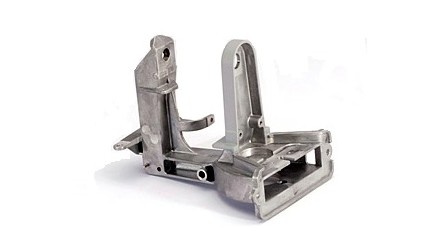
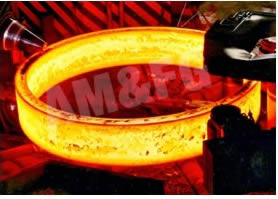
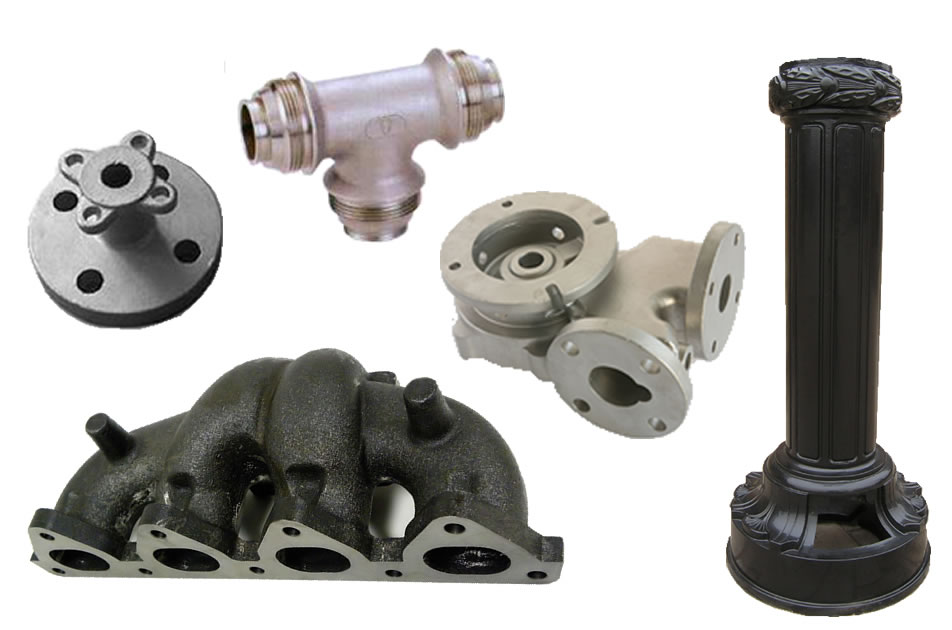
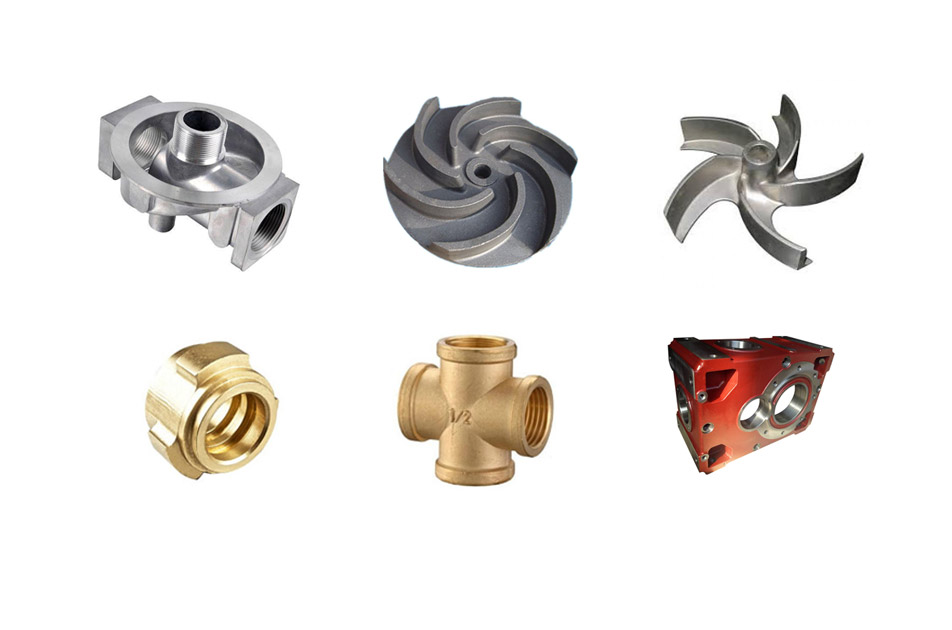

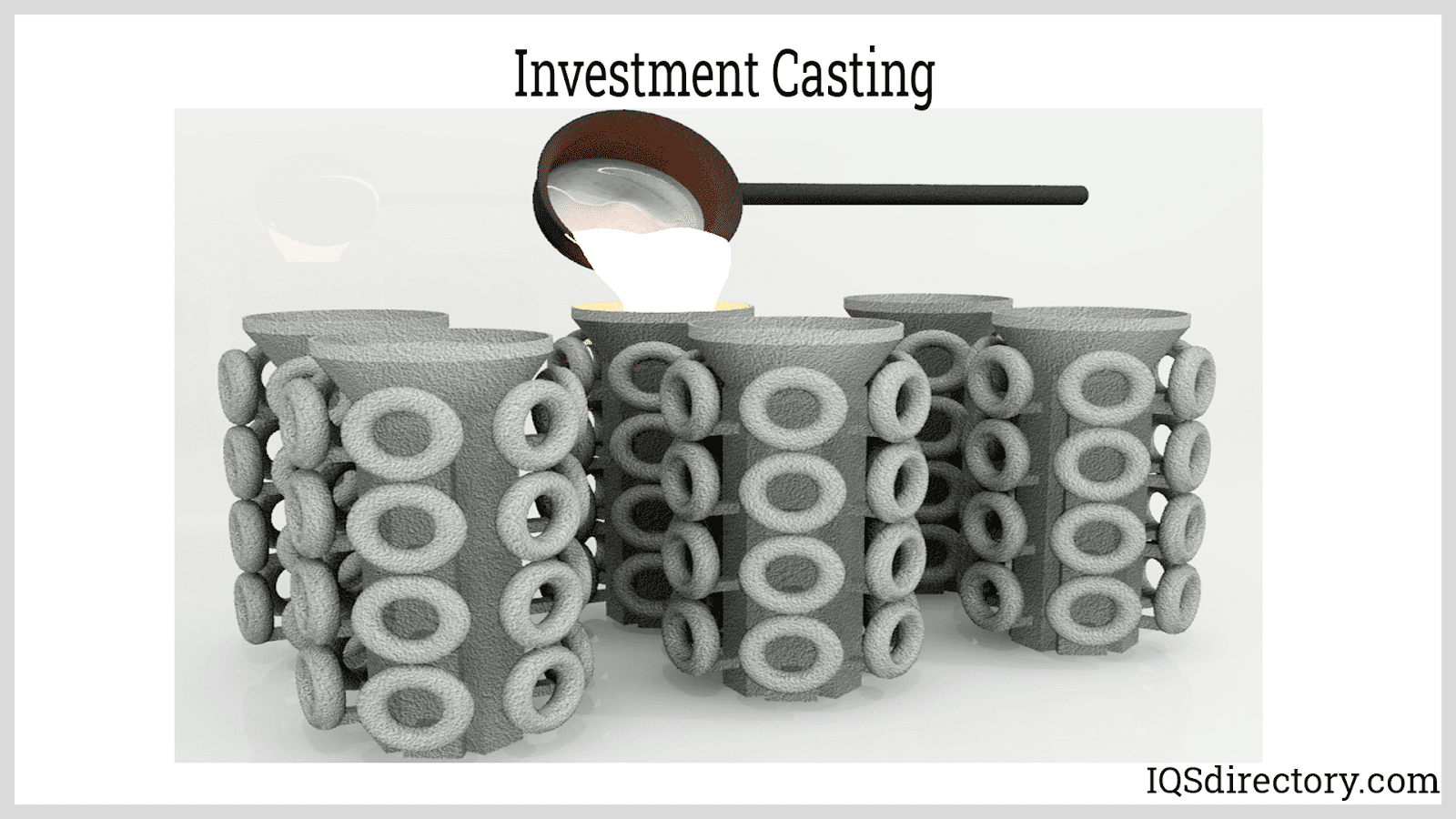
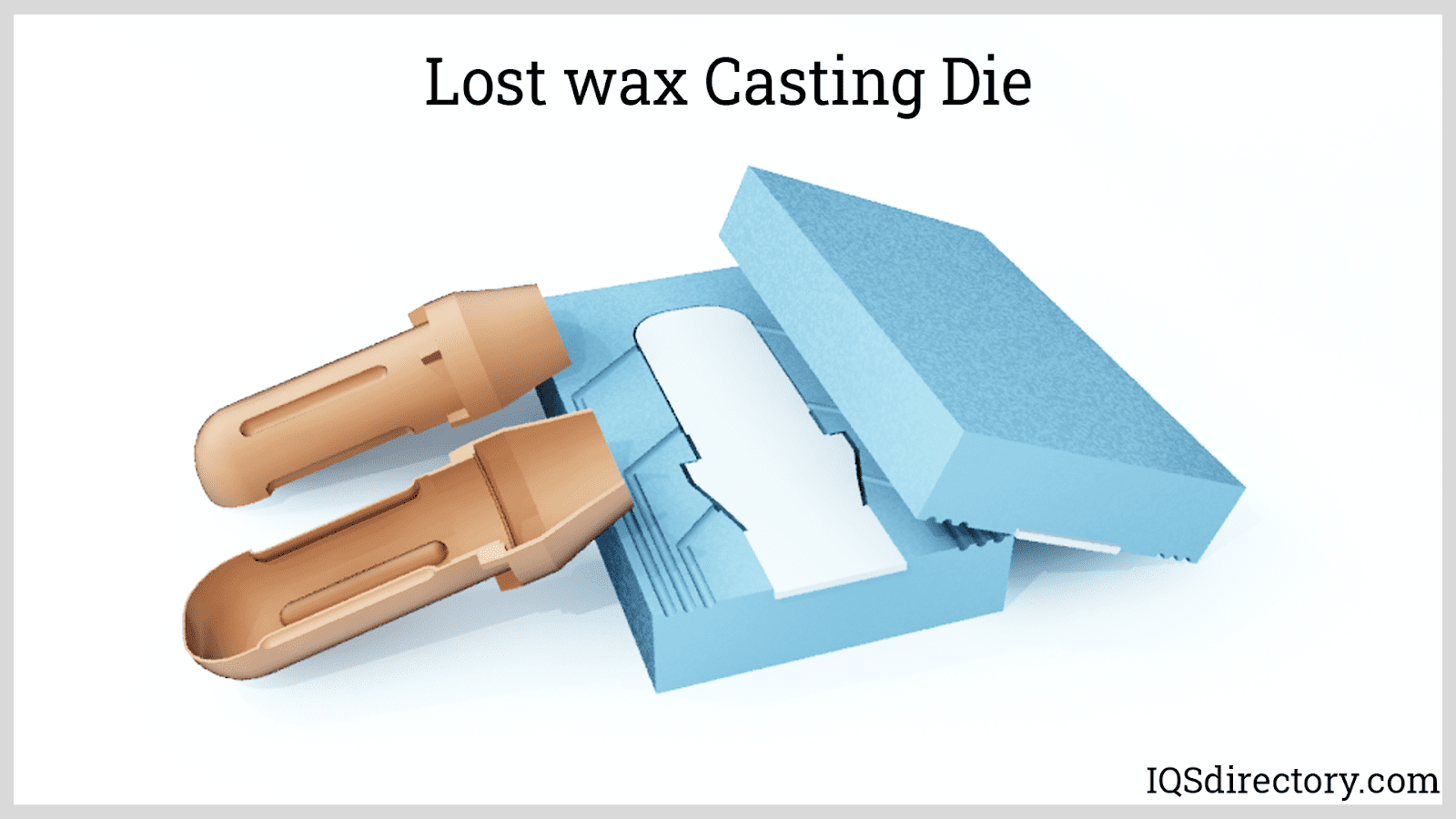
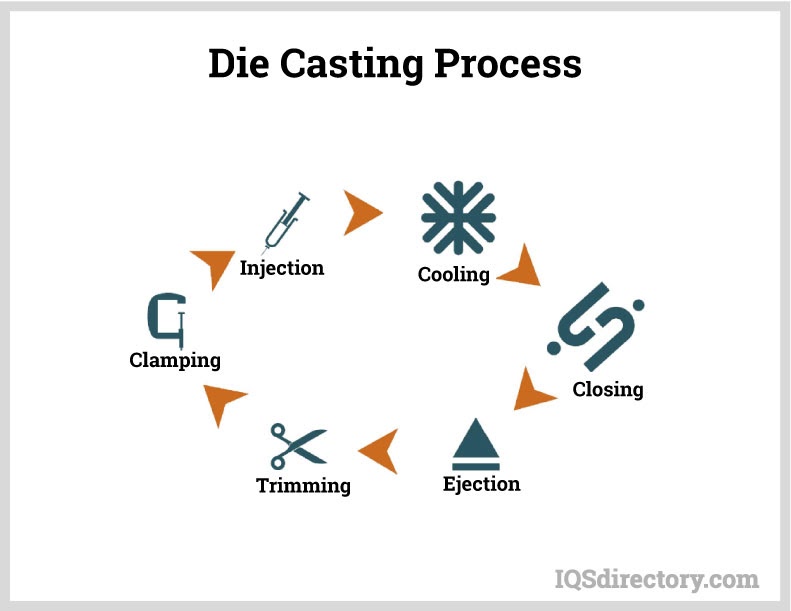

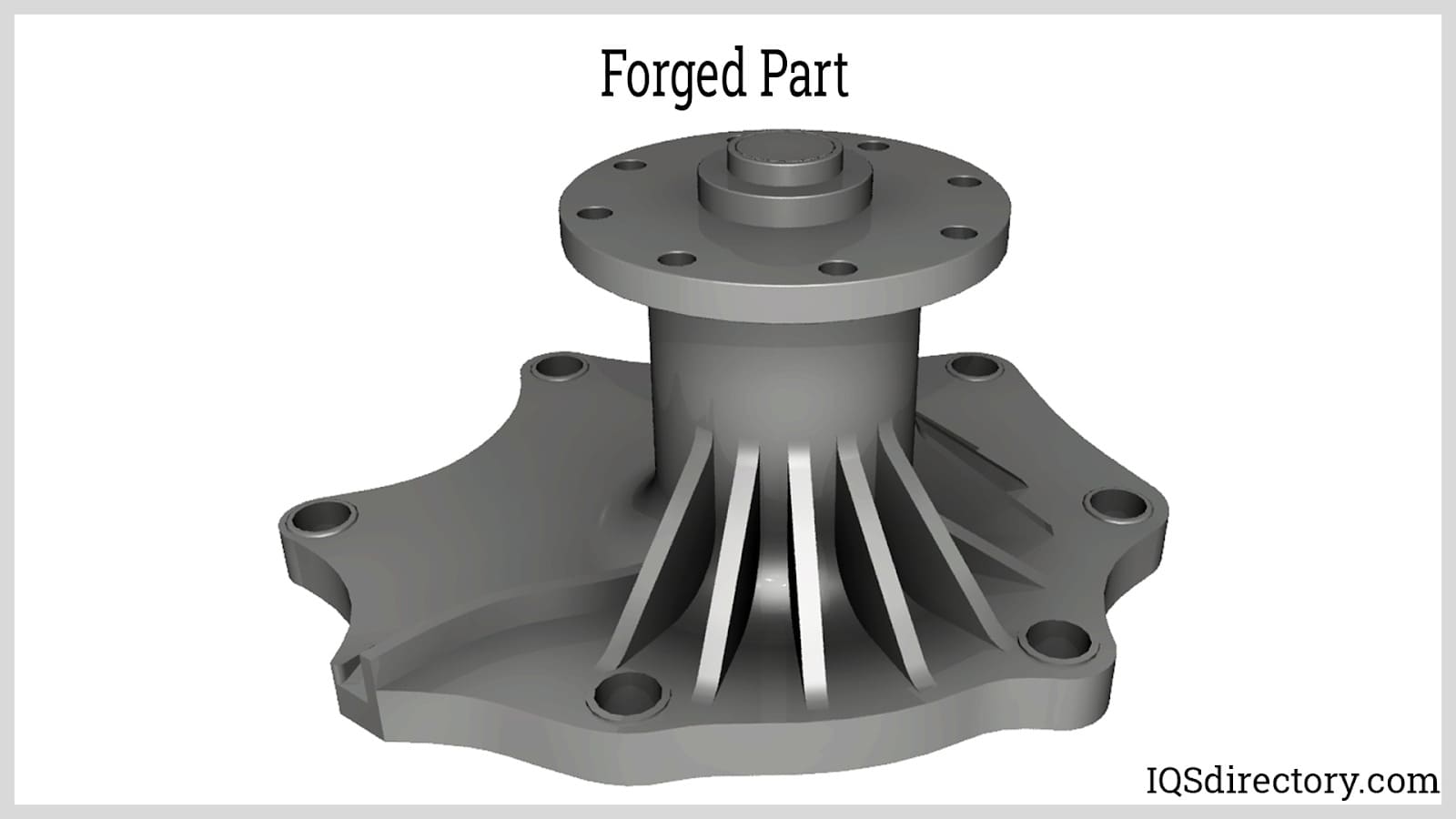
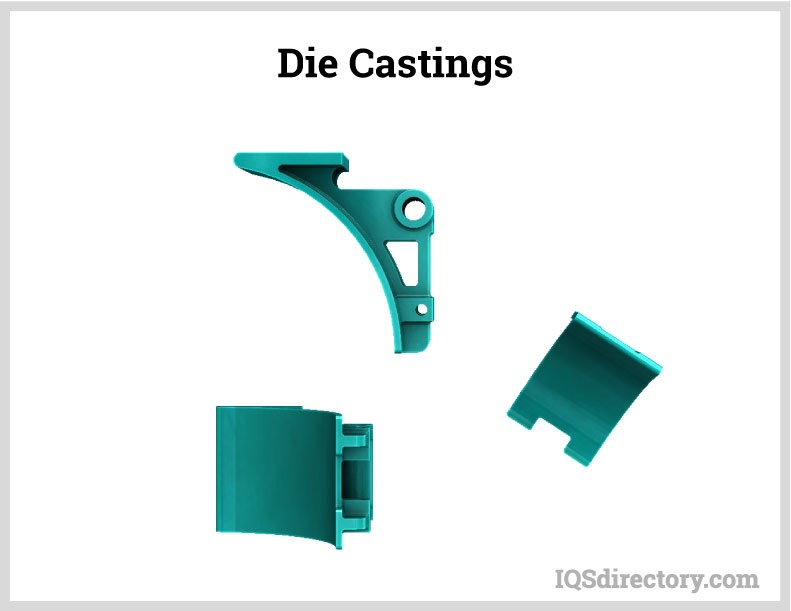
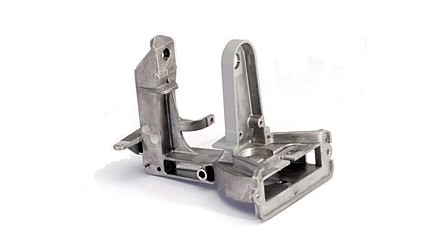 Die Castings
Die Castings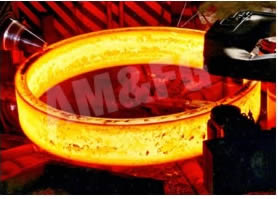 Forgings
Forgings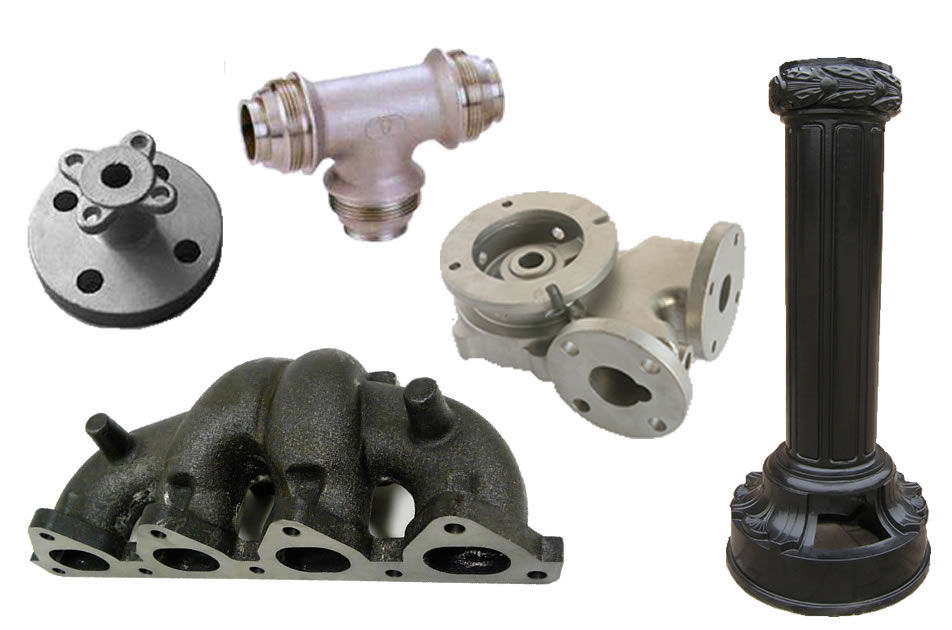 Grey Iron Castings
Grey Iron Castings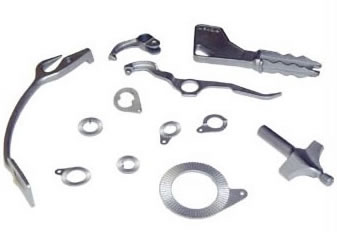 Investment Castings
Investment Castings Castings & Forgings
Castings & Forgings Bulk Material Handling
Bulk Material Handling Electrical & Electronic Components
Electrical & Electronic Components Flow Instrumentation
Flow Instrumentation Hardware
Hardware Material Handling Equipment
Material Handling Equipment Metal Cutting Services
Metal Cutting Services Metal Forming Services
Metal Forming Services Metal Suppliers
Metal Suppliers Motion Control Products
Motion Control Products Plant & Facility Equipment
Plant & Facility Equipment Plant & Facility Supplies
Plant & Facility Supplies Plastic Molding Processes
Plastic Molding Processes Pumps & Valves
Pumps & Valves Recycling Equipment
Recycling Equipment Rubber Products & Services
Rubber Products & Services